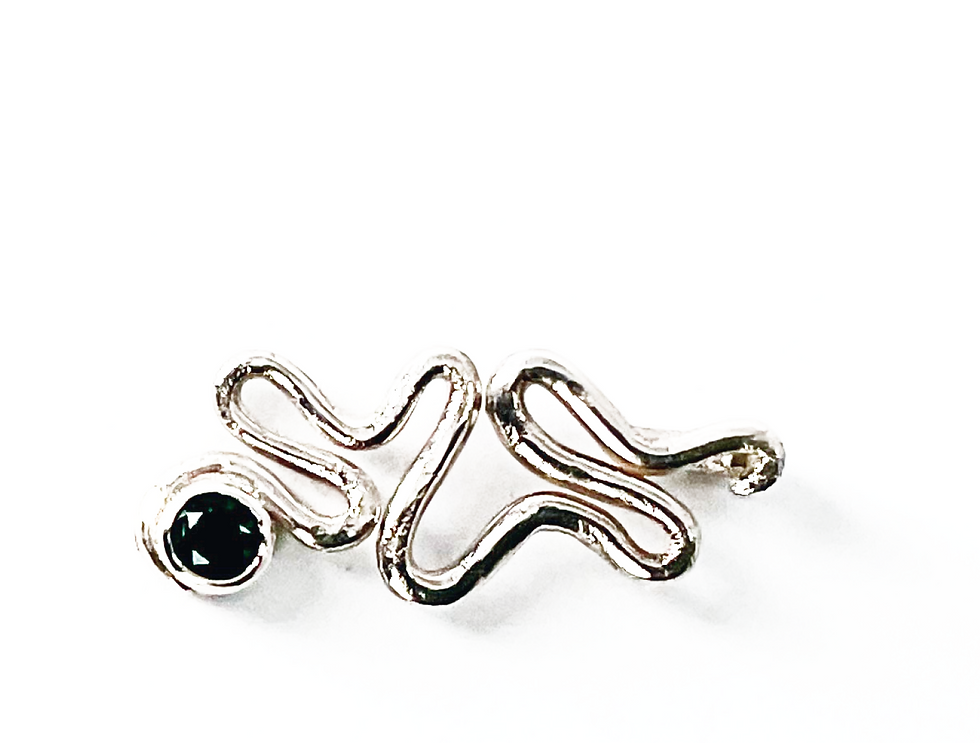Silversmithing-Jewellery
Exploring Traditional Lost Wax Casting Methods to Create Silver Jewelry Pieces

This his project explores the art of lost wax casting, a traditional technique for crafting intricate and unique jewellery pieces. With access to the facilities at Hochschule für Gestaltung in Pforzheim, Germany, each piece was brought to life through careful sculpting and molding. Working with different types of wax—pattern, solid, and clay wax—every step was part of a thoughtful, detailed process. The journey combined traditional techniques with a modern touch, resulting in unique pieces that honor the craftsmanship of lost wax casting while embracing a contemporary style.
Lost wax casting, also known as investment casting, is a precise and ancient metalworking technique. It begins with the creation of a detailed wax model of the desired object. This wax model is then coated with a ceramic or plaster material to form a mold. When heated, the wax melts and leaves behind a hollow cavity in the shape of the object. Molten metal is poured into this cavity, and after cooling and solidifying, the metal object is revealed by breaking away the mold. This method is prized for its ability to produce intricate and complex metal parts with high precision.
The Process


Types of Pattern Wax
Solid Wax
Solid wax is the hard wax and is ideal for achieving sharp edges and detailed engravings (subtractive way)

Wire Wax
Wire wax is less hard & more flexible. With the body heat it becomes little flexible & can be bent, twisted, used to make hinges etc

Clay Wax
Clay wax is the most flexible wax and intricate designs can be made with it.

Solid Wax
Dense and malleable, this wax exhibits a consistent texture, retaining its shape effectively.

Recognized for its strength, it is commonly utilized in crafting sturdy and intricate wax models.

Its exceptional capacity to uphold fine details makes it an ideal choice for sculpting intricate and robust wax patterns during carving and modeling processes.

Wire Wax
Blue stick wax boasts a pliable and adhesive quality, characterized by a slightly softer consistency.

This wax is easily manipulated and exhibits excellent adhesive properties, rendering it suitable for a range of applications.

Particularly effective for swift adjustments, repairs, and assembly work, its adhesive nature proves advantageous in securely bonding multiple wax components.

Clay Wax
With a pliable composition softer than traditional solid waxes, magenta clay wax is crafted to offer a clay-like texture, facilitating easy sculpting and molding.

An excellent choice for artists favoring flexibility, this wax is commonly employed in sculpting and design exploration.

Its softer nature lends itself well to swift prototyping and experimentation with diverse forms.


Silver Casting
Other Processes
Clipping

Shaping

Silver Shouldering

Cleaning Solution

Fine Sanding

Polishing



































